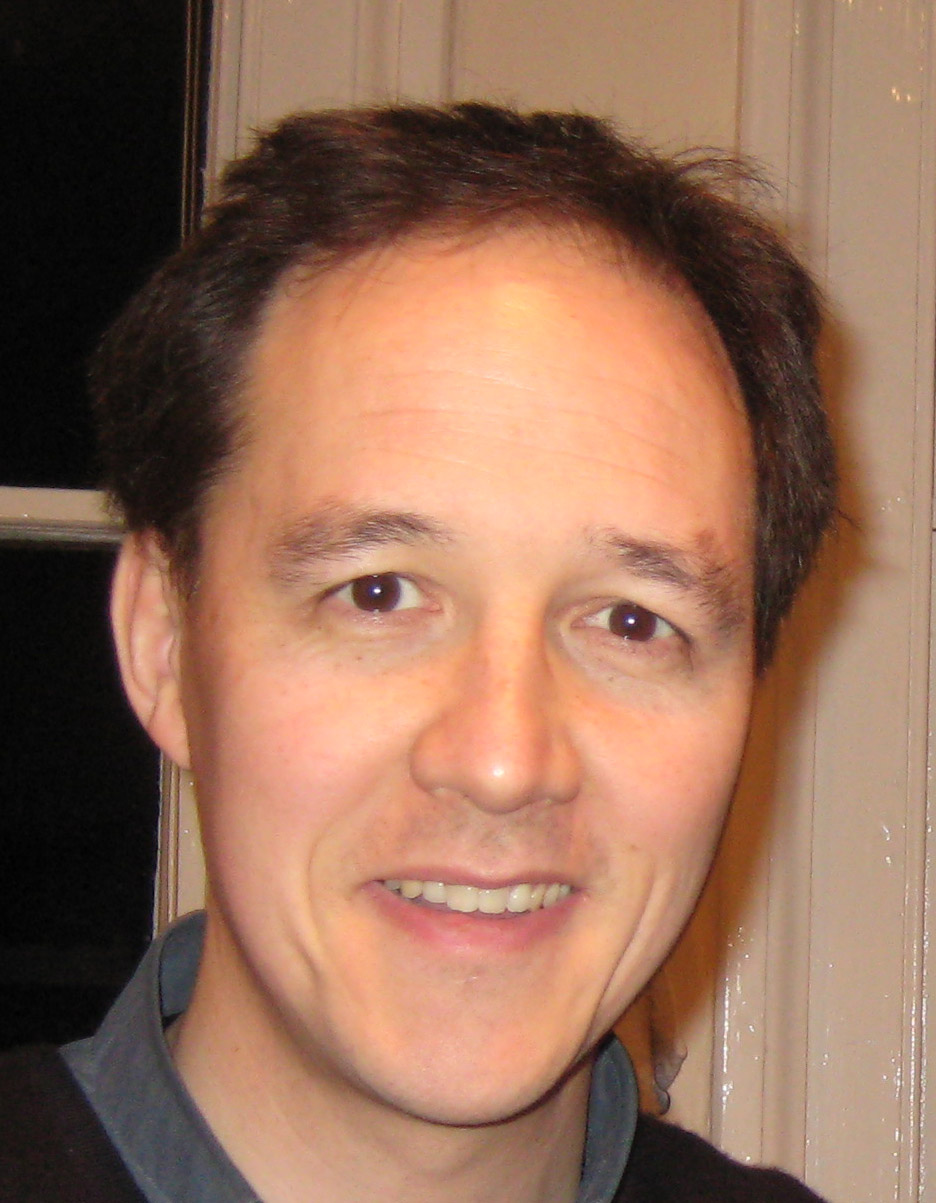Another Californian self-help craze; part of the booming ‘happiness industry’. It’s called ‘Want-ology’: the science or therapeutic process of discovering what you truly want and setting you free to pursue it.

Rhys Blakely interviews Want-ology’s creator, Kevin Kreitman (a woman…).
For $300 or so, a certified wantologist will quiz you for several hours, subjecting you to a process that is said to draw on psychology, neural science and cybernetics.
“We are only conscious of 3 to 10 per cent of our thought,” she says. “You think that you make decisions consciously, but it’s all underpinned by this hidden system.” When you find yourself in a rut, “it’s usually because all this unconscious stuff is tangled together like a knot”. The job of Want-ology, she says, is to untangle it.
Here is an example of the therapeutic process. A female client came to the therapist, thinking that she wanted a bigger house. The conversation went like this:
What do you want?
A bigger house.
How would you feel if you lived in a bigger house?
Peaceful.
What else makes you feel peaceful?
Walks by the ocean.
Do you ever take walks near where you live that remind you of the ocean?
Certain ones, yes.
What do you like about those walks?
I hear the sound of water and feel surrounded by green.
As Blakely explains:
Instead of moving, she turned a room in her home into a miniature sanctuary, with potted ferns and a table-top fountain. Her wantologist had steered her to a more nuanced understanding of what she really desired – inner peace.
And saved her $400,000 at the same time…
At one level, this is surely a good process. Not losing the $300, but having someone help you work out what you are really seeking, or what’s really bothering you. Our motivations can be incredibly complex, and the heart is a mysterious and sometimes deceitful thing. We think we want something or need someone, and then we realise – perhaps when it is too late – that we were just reacting to something, or acting out of impulse, or trapped in a habit, or replaying an old desire that didn’t actually exist any longer.
Usually, we do this kind of reflecting with a friend, the kind of friend who will be honest enough to say, ‘What’s really bugging you?’ or ‘What do you really want?’ And then we start untying the knots. Or we do it in prayer, in conversation with the Lord.
This is the whole thrust of Sartre’s existential psychoanalysis. Not, like Freudian analysis, to discover some unconscious and therefore unaccepted or repressed motivation. But instead to gain some clarity about the primary motive, the overarching intention, that lies within the muddle of our ordinary desires and actions. It’s not uncovering the subconscious, but making sense of what is within consciousness, seeing the pattern.
And this is not unlike Ignatian spiritual discernment, where you learn to recognise what is the deepest desire of your own heart, and what is God’s deepest desire for you, by reflecting prayerfully on those situations that bring spiritual consolation and light, and those that bring confusion and an unhealthy inner darkness.
None of this means, of course, that you should necessarily follow what you discover to be your heart’s one desire. Clarity is one thing (whether this comes through a Want-ology therapist, existential psychoanalysis, or an Ignatian retreat); but the moral wisdom to work out what you should do with this clarity is another thing. That’s why I wouldn’t endorse this kind of therapy, without knowing what its moral framework is.
It’s good, generally, to know yourself better; as long as the therapist isn’t going the next step and encouraging you to follow your dreams uncritically, heedless of the moral or spiritual consequences, or of the mess they might make to the reality of your present life and relationships. OK, mess can sometimes be good; but not always.
[Rhys Blakely writes in the times2, the Times, March 14 2013, p4]
Read Full Post »



![Six Million Dollar Man 1 by tohoscope. [CCL] http://www.flickr.com/photos/tohoscope/55981638/](https://i0.wp.com/farm1.static.flickr.com/33/55981638_d8d0aadbc2.jpg)
![St Thérèse in England and Wales by Catholic Church (England and Wales) [CCL] St Thérèse in England and Wales by Catholic Church (England and Wales).](https://i0.wp.com/farm4.static.flickr.com/3502/3925219397_3fae588fbd.jpg)
![The relics of St Thérèse of Lisieux travelled through Eurotunnel and arrived in Kent today for an historic first visit to England and Wales by catholicrelics.co.uk [CCL] The relics of St Thérèse of Lisieux travelled through Eurotunnel and arrived in Kent today for an historic first visit to England and Wales by Catholic Church (England and Wales).](https://i0.wp.com/farm4.static.flickr.com/3431/3924065082_6b31bdef1f.jpg)
